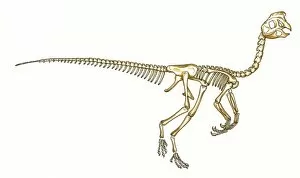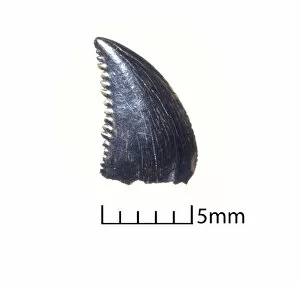Maniraptor Collection
"Unveiling the Maniraptor: A Journey through Fierce and Feathered Predators" Step into the prehistoric world as we explore the captivating realm of maniraptors
All Professionally Made to Order for Quick Shipping
"Unveiling the Maniraptor: A Journey through Fierce and Feathered Predators" Step into the prehistoric world as we explore the captivating realm of maniraptors. These remarkable creatures, including Velociraptor and Oviraptor, have left an indelible mark on our understanding of dinosaur evolution. The first hint lies in the iconic Velociraptor, known for its sharp claws and swift movements. Its fearsome reputation is well-deserved, as this agile predator was a force to be reckoned with during its time. Moving forward, we encounter an intriguing Oviraptor skeleton. This fascinating discovery shed light on their unexpected behavior - they were nurturing parents. Contrary to their name which means "egg thief, " these dinosaurs actually protected their nests with utmost care. Next up is Dromaeosaurus, a fuzzy raptor that adds another layer of intrigue to this lineage. With feathers adorning its body like a coat of armor, it showcases how these ancient predators may have sported vibrant plumage. Continuing our exploration, we encounter Microraptor – a small but mighty creature that possessed not only wings but also four limbs adapted for climbing trees. Its ability to glide from branch to branch hints at the diverse adaptations within the maniraptors' family tree. Returning once again to Velociraptors, we marvel at their intelligence and pack-hunting abilities. These cunning hunters relied on teamwork and coordination to bring down larger prey – showcasing advanced social behaviors rarely seen among dinosaurs. As our journey nears its end, let's not forget the enduring legacy of these fierce velociraptors who captured both scientific curiosity and popular imagination alike. Their portrayal in movies has solidified them as some of history's most iconic dinosaurs. Exploring maniraptors takes us beyond just bones; it unravels stories about survival strategies, parenting instincts, evolutionary adaptations such as feathers or gliding, and the complex dynamics of ancient ecosystems.












